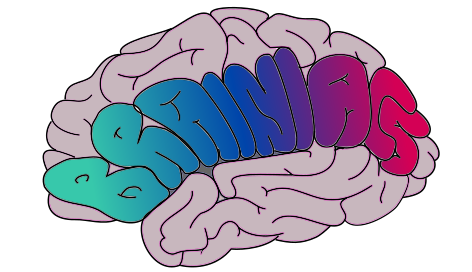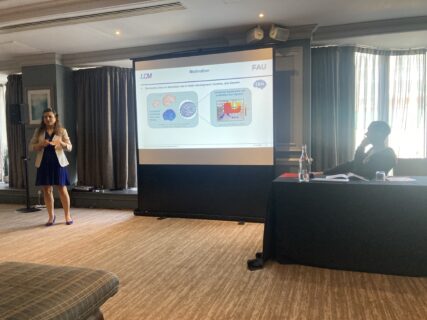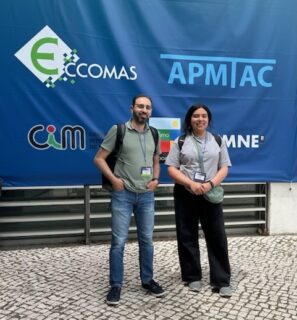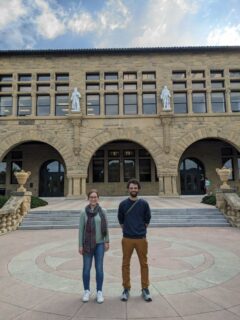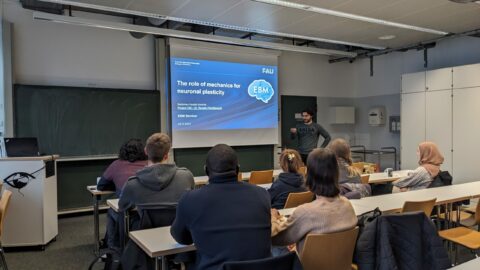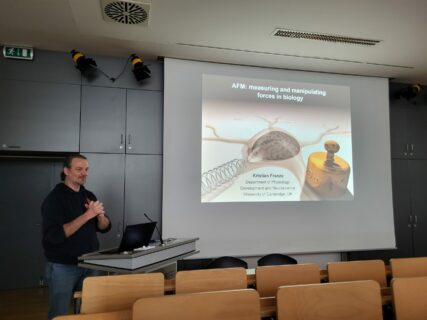BRAINIACS
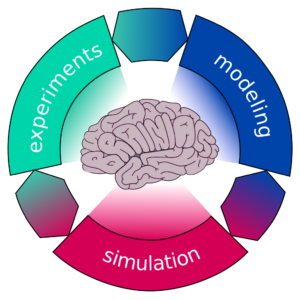
Brain tissue is not only one of the most important but also the most complex and compliant tissue in the human body. While long underestimated, increasing evidence confirms that mechanics plays a critical role in modulating brain function and dysfunction. The Emmy-Noether research group BRAINIACS – BRAIn mechaNIcs ACross Scales – aims to establish novel computational tools based on nonlinear continuum mechanics that can facilitate early diagnostics of neurological diseases and advance modern treatment strategies. We bridge the scales from known biological processes on the cellular scale to macroscopic pathologies apparent through modern imaging techniques.
To achieve this goal, our group combines experimental and microstructural analyses with continuum scale modeling and simulation. Performing experiments hand in hand with modeling and simulation allows us to continually optimize both experimental and numerical procedures. Through the simultaneous investigation of mechanics and microstructure, we aim to not only understand the regional variations in brain structure and function, but also to quantify the adaptation of cells to changes in their mechanical environment.
Solved within a finite element framework, those models will help us to foresee the behavior of brain tissue under physiological and pathological conditions, and to simulate progression of disease or mechanically-induced loss of brain function.
